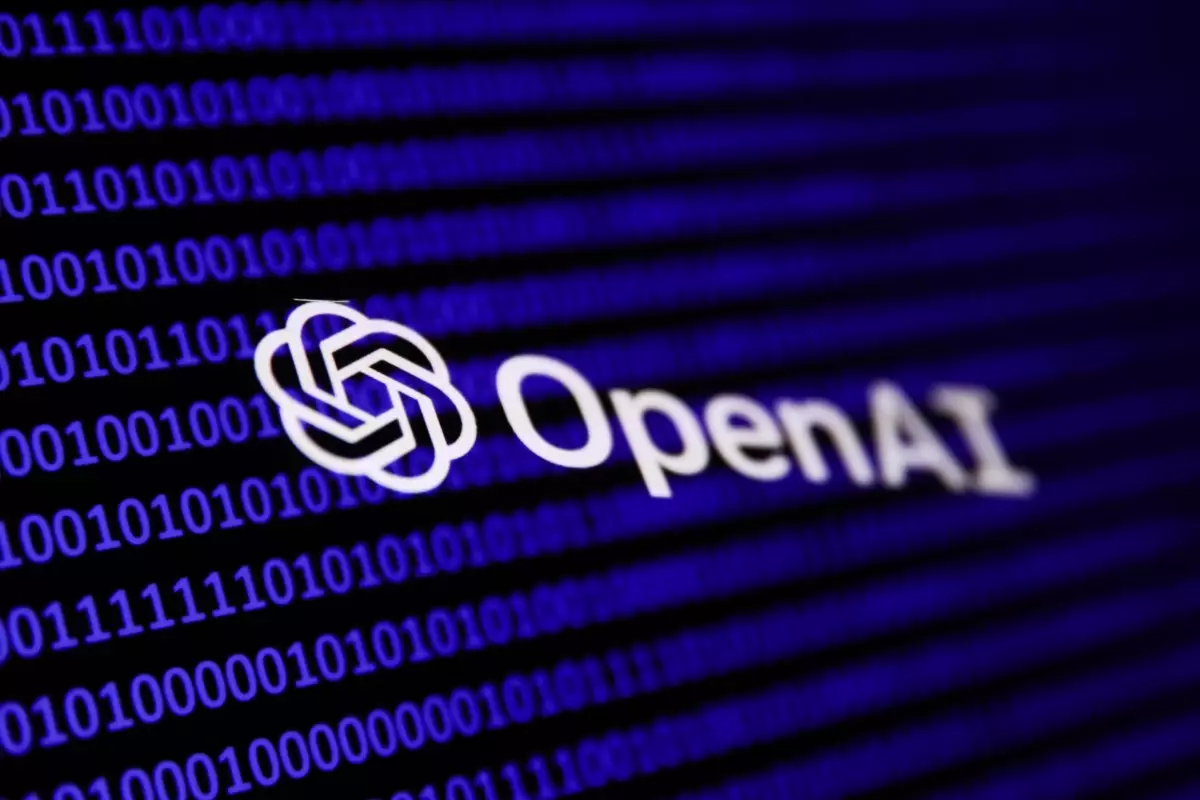In an unexpected twist last Friday, OpenAI, renowned for its pioneering advancements in artificial intelligence, made headlines not for a breakthrough product or partnership but for filing a trademark application with the U.S. Patent and Trademark Office (USPTO). While such filings may typically fly under the radar, this particular application signals intriguing developments (both imminent and speculative) on the horizon for the AI giant.
Unveiling New Possibilities
OpenAI’s trademark application has put forth an ambitious list of potential new products, including hardware items that range from smartwatches and headphones to futuristic augmented and virtual reality headsets. Notably, these items are characterized as being designed “for AI-assisted interaction, simulation, and training.” This hints at OpenAI’s intent to create an ecosystem where advanced AI can enhance user experiences across a variety of devices. The company’s foray into hardware is particularly noteworthy given the growing market demand for integrated AI solutions that extend beyond traditional computing devices.
OpenAI’s collaboration with former Apple designer Jony Ive, reported last year, adds credibility to these hardware ambitions. Ive’s expertise in product design suggests that, should this hardware come to fruition, it may feature not only cutting-edge functionality but also an aesthetic quality that aligns with today’s consumer preferences. However, it’s worth considering Sam Altman’s remarks about the timeframe required to bring such innovations to market; the expectation of several years before any prototype emerges serves as a sobering reminder of the challenges that await.
Robotics on the Horizon
Among the more striking elements of OpenAI’s trademark filing are references to humanoid robots, particularly those that can be user-programmable and possess capabilities for communication and adaptive learning. This ambition aligns with a broader trend in the field of robotics, where the aim is to develop machines that can interact seamlessly with people, learn from these interactions, and perform a variety of tasks that could benefit sectors ranging from healthcare to personal entertainment.
Notably, OpenAI has reportedly begun assembling a dedicated robotics team, headed by Caitlin Kalinowski, who joined from Meta’s augmented reality division. This move suggests a commitment to not only theoretical exploration of robotics but a concerted effort to cultivate the necessary expertise to bring robot designs to life. As with hardware developments, creating functional humanoid robots will require significant time and investment in R&D, and the timeline for realizing effective prototypes remains uncertain.
The trademark filing also alludes to advancements in custom AI chips and suggests a forward-looking vision that incorporates quantum computing resources. OpenAI’s exploration of this technology may signal a desire to enhance AI model training efficiency, especially given the high computational demands associated with such tasks. This area, though still in its infancy, could revolutionize the way AI models are developed, making them more powerful and accessible.
Reports suggest that OpenAI is engaged in discussions with semiconductor giants Broadcom and TSMC to create custom chips, potentially leading to a market launch as early as 2026. This proactive approach may give the company a competitive edge in an AI landscape where the performance of underlying hardware is increasingly pivotal. However, the details and viability of OpenAI’s quantum computing strategies remain less transparent, leaving industry watchers to speculate about how these ambitions may materialize.
While OpenAI’s trademark application provides a tantalizing preview of potential product directions, it’s crucial to approach this information with a thoughtful skepticism. The broad and inclusive nature of such filings often reflects a company’s exploratory phase rather than a concrete roadmap.
Ultimately, the trajectory of OpenAI’s hardware and robotics ventures—alongside its aspirations in AI chip development and quantum technologies—will shape its position in a rapidly evolving landscape of AI innovation. Whether these ambitions translate into market-ready products and services remains to be seen, but one thing is clear: OpenAI is not resting on its laurels, and the implications of its latest moves will undoubtedly influence the future of AI.

